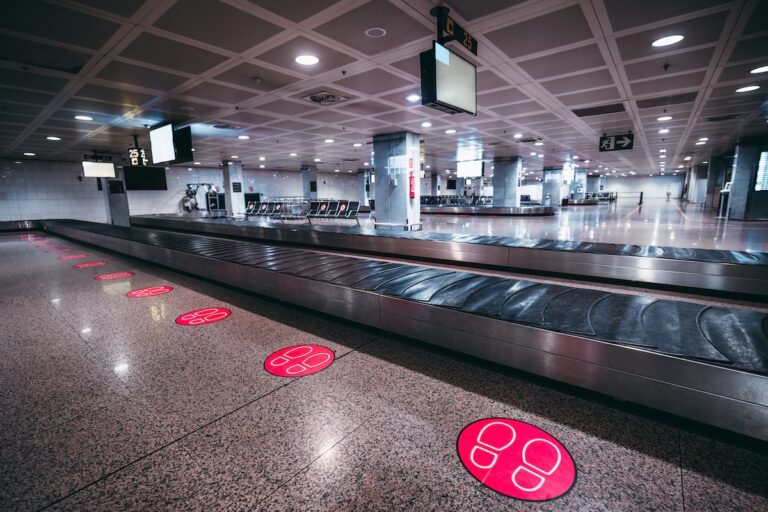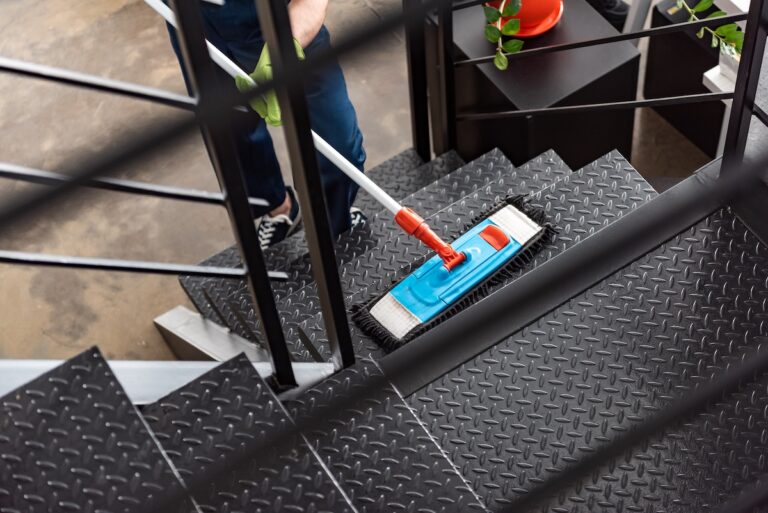Metro stations are the lifelines of modern cities. Every day, millions of commuters depend on these fast, efficient systems to reach work, school, and home. But amid the rush of footsteps, escalators, crowded platforms, and fast-approaching trains, safety and accessibility become critical.
That’s where tactile indicators step in. These raised, textured surfaces may look simple, but they play a powerful role in ensuring that metro stations are inclusive and safe for everyone — especially passengers with visual impairments.
Why Tactiles Are Essential in Metro Stations
-
Safe Boarding and Alighting
On busy platforms, tactile warning strips alert passengers to the edge of the platform, reducing risks of falls and accidents near approaching trains. -
Guided Navigation
Tactile pathways create continuous routes from ticket counters to escalators, elevators, and train doors — helping visually impaired commuters travel independently. -
Crowd Management
Even for sighted passengers, tactile strips act as safety reminders in high-density areas, guiding foot traffic and preventing accidental slips near hazards. -
Compliance with Accessibility Standards
Global guidelines, including ISO standards, mandate tactile indicators in public transit. Many metros worldwide — from Tokyo to Delhi — have adopted these measures as part of their universal design policies.
A Global Perspective
Cities such as Tokyo, London, and Sydney have set benchmarks in accessibility by making tactile systems a standard feature across all metro stations. In India, Delhi Metro, Bangalore Metro, and others have integrated tactile paths and warning strips across concourses and platforms, serving as inclusive transport models.
Beyond Function: Independence and Dignity
For visually impaired commuters, tactiles mean more than just safety — they mean freedom of mobility. Instead of depending entirely on assistance, passengers can navigate stations independently, preserving dignity and confidence in daily travel.
The Future: Smarter Tactiles for Smarter Transit
As metro systems evolve with digital ticketing, real-time updates, and smart infrastructure, tactile indicators are also seeing innovation. Future designs may integrate with audio navigation apps, IoT sensors, and smart flooring technologies — making accessibility even more seamless.
Conclusion
Metro stations are more than transit hubs; they are the arteries of our cities. By integrating tactile indicators, we make these spaces not only safer but also truly inclusive. Every commuter, regardless of ability, deserves the right to travel independently and confidently.
In the end, tactiles are more than raised patterns on the floor — they are pathways to dignity, safety, and equal opportunity in public transport.




